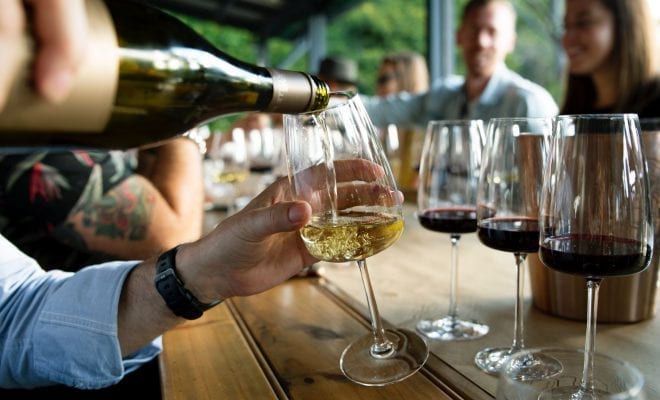
News
Climate Crisis Puts 85% of Wine Regions at Risk
The climate crisis threatens many ecosystems around the world and now wines could fall victim to the growing environmental decline. A new study published in the Proceedings of the National Academy of Sciences found that two degrees Celsius of global warming could reduce the amount of wine-growing land by 56%. Push that figure two degrees further, and we are faced with the possibility of a drastic 85% loss of fertile wine-growing land.
Researchers looked at 11 different varieties of grape: cabernet sauvignon, chasselas, chardonnay, grenache, merlot, monastrell (also known as mourvedre), pinot noir, riesling, sauvignon blanc, syrah and ugni blanc. From there, they built hypothetical models to see which grapes would ripen when faced with zero, two, and four degrees of global warming.

While the findings of this study seem dire, not all hope is lost for the beloved vino. The study outlines an adaptation strategy that includes reshuffling where certain grape varieties are grown in order to limit potential losses of harvest. “There are still opportunities to adapt viticulture to a warmer world,” study co-author Benjamin Cook said in a statement. “It just requires taking the problem of climate change seriously.”
Through their investigation, they are providing valuable insight into how winegrowers can use wide diversity of grape varietals in order to build up resilience to climate change. Winemakers are already implementing such change in an attempt to adapt to the climate. Napa Valley’s cabernet sauvignon grapes are beginning to fall out of favor due to increasing temperatures, but winemakers are starting to make the switch to heartier varietals like merlot and grenache in order to continue production.
The potential to adapt may be out of reach for some regions that are already too warm, like Spain, Australia, and Italy. These areas are already limited to producing the warmest varieties, and further temperature increase will all but shut these regions off from growing.
Ultimately, the future of winegrowing will depend upon willingness to adopt new practices that are conducive to surviving within a world where global temperatures continue to rise. “The key is that there are still opportunities to adapt viticulture to a warmer world,” said Cook. “It just requires taking the problem of climate change seriously.”





0 comments